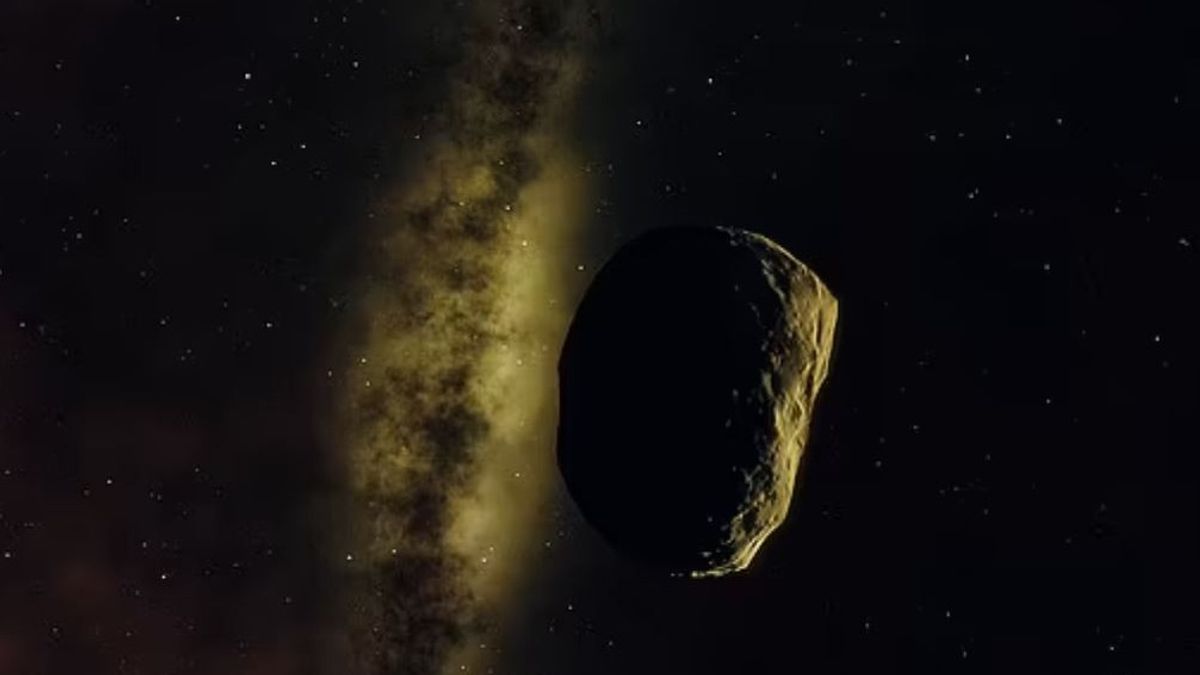JAKARTA - The second Trojan asteroid on Earth, a space rock that shares the same orbit around the sun as a planet, has been discovered by astronomers.
Previously the first Trojan asteroid on Earth was detected in 2010, this space rock was only seen on Jupiter, Neptune and Mars.
XL5 2020, the second, newly detected trojan asteroid, is 1,800 feet wide. According to experts, this asteroid is a good candidate for future cross-flying missions when astronauts finally surpass the moon and the International Space Station. It's also likely that there are other Trojans waiting to be discovered not far from Earth.
The asteroid is important because experts hope its strange orbit will help explain what the early Solar System looked like and how it evolved.
Researchers led by the University of Barcelona used ground-based observations to determine that asteroid XL5 2020 is most likely composed of carbon, and may have been ejected from the main asteroid belt by Jupiter. This asteroid was originally discovered on December 12, 2020.
Preliminary observations suggest that it may be an Earth Trojan asteroid, but experts say that due to the low range of observations, the orbital uncertainty is too great to confirm until now.
Toni Santana-Ros, of the University of Barcelona, studied the orbit of the 2020 XL5 with his colleagues and combined archival data with observations from three ground-based observatories.
Using this analysis, scientists confirmed XL5 2020 as the second Earth Trojan asteroid to be identified, after 2010 TK7.
They also carried out an orbital stability analysis and believe that 2020 XL5 will remain in orbit for at least 4,000 years.
The authors say 2020 XL5 is a larger asteroid than 2010, TK7, which will never be closer than 50 times the moon's distance from Earth, and may be a better candidate for future missions.
They wrote in their paper: 'Trojan asteroids are small bodies orbiting around the Lagrangian point L4 or L5 of the Sunplanet system.
"Because of their odd orbits, they pose a major constraint on the evolutionary model of the Solar System," the report said.
"We confirm that the newly discovered 2020 XL5 is the second known temporary Earth Trojan," the researchers said. "To study its orbit, we used archival data from 2012 to 2019 and observed the object in 2021 from three ground-based observatories."
They say Trojan asteroids close to Earth 'may be ideal targets for space missions and, in the more distant future, to settle on human bases or install scientific hardware that would benefit from their odd locations'. The study itself has been published in the journal Nature Communications.
The English, Chinese, Japanese, Arabic, and French versions are automatically generated by the AI. So there may still be inaccuracies in translating, please always see Indonesian as our main language. (system supported by DigitalSiber.id)









